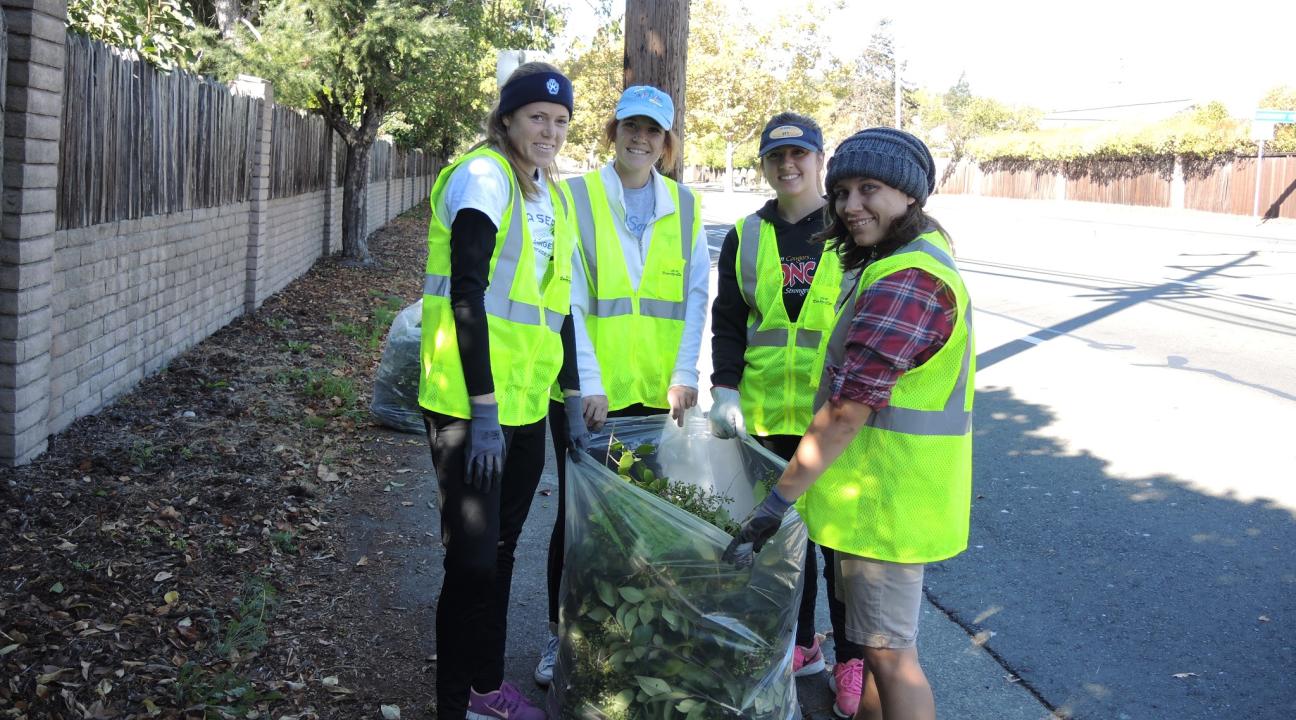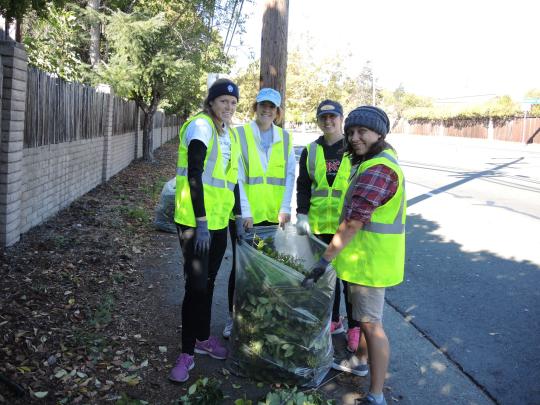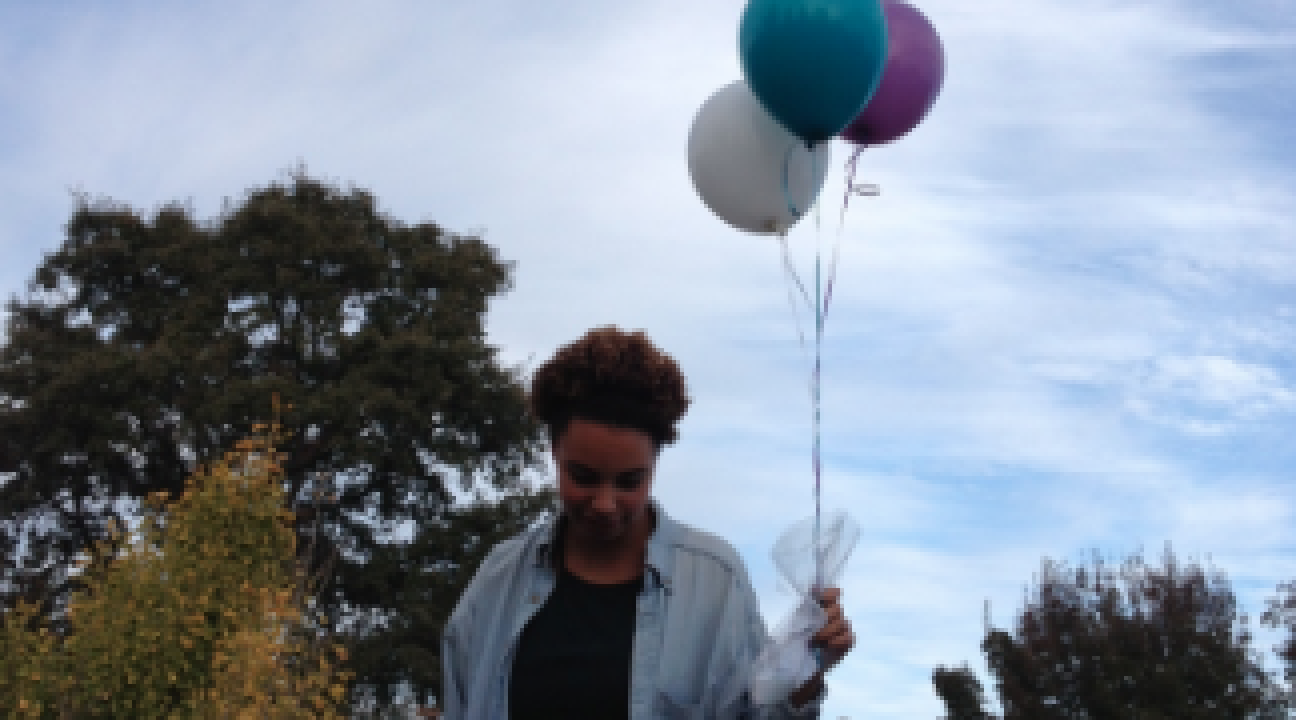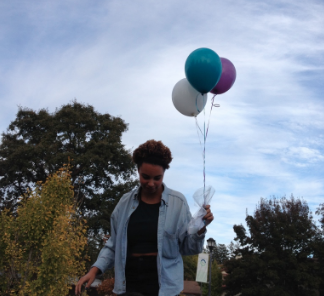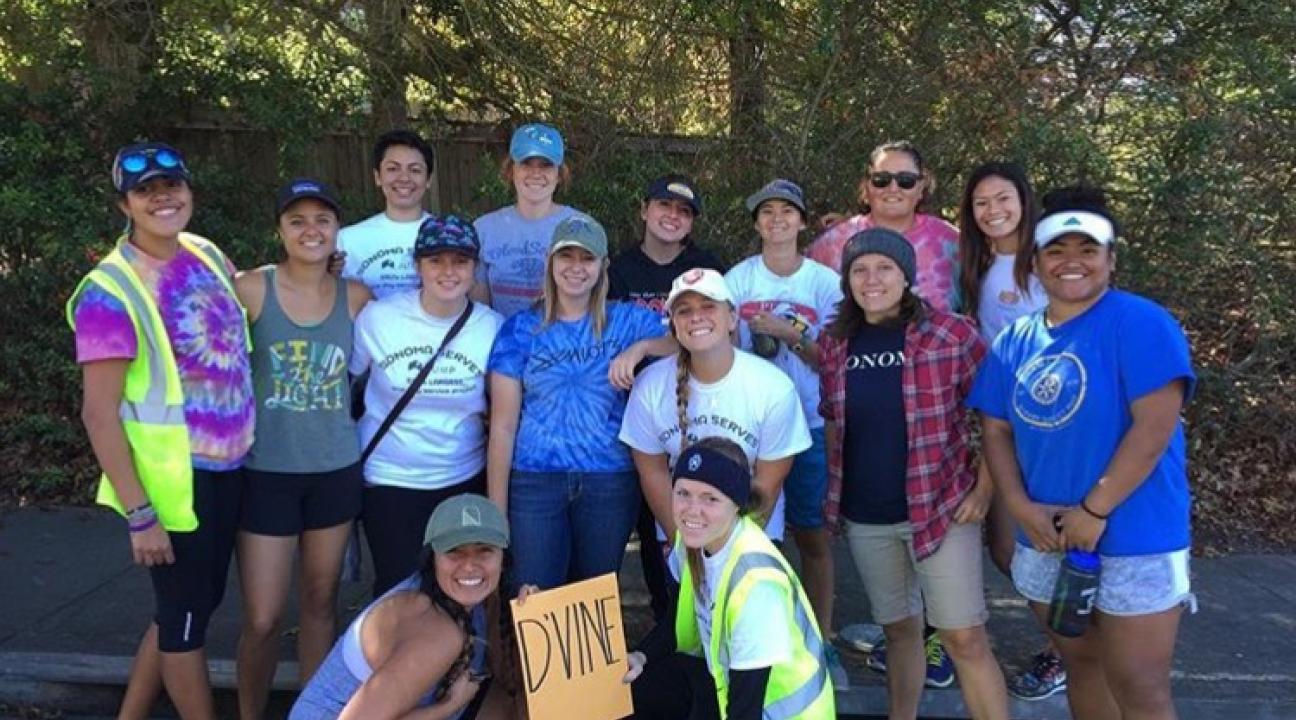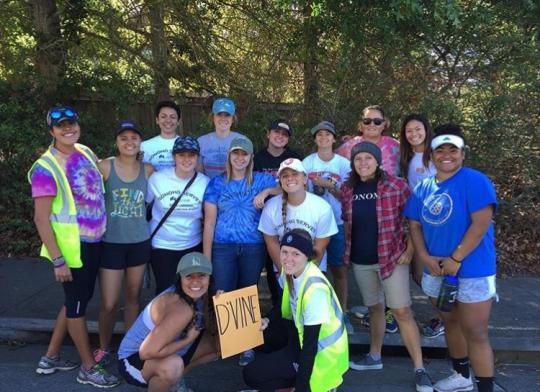Community Service Versus Service-Learning
Is there even a difference between community service and service-learning? Yes. Both terms are not easy to define and it's common for them to be used interchangeably. However there is such a significant difference between them that it's important to understand each idea individually. The best was to differentiate them is to use specific examples.
Community service is volunteer work performed by a person or group of people to help a community. A community covers a broad range of recipients such as a group of people, animals, or physical places. In October, I participated in JUMP's annual school-wide day of community service called Sonoma Serves. Students can either sign-up as individuals or as a team with friends or a club. My ultimate frisbee teammates and I participated as a team. We were paired with Santa Rosa Recreation and Parks Department to work at the 10th semiannual Bennett Valley Vision workday. It's a day where residents of the Bennett Valley neighborhood in Santa Rosa perform yard work in the area to keep their community safe, aesthetically pleasing, and efficient. Some tasks my teammates and I did included trimming overgrown shrubs and trees that were hanging over sidewalks and covering street signs, pulling weeds in front of people's homes, and spreading woodchips around medians and paths, which help conserve water. The Recreation and Parks volunteer coordinator, Elaine Gutsch, said, "The help your team provided was indispensable, and you did the job perfectly! The streets and medians look great, just in time for our first rains of the season. Thank you!" They were very organized and had every tool and safety gear that we needed, which made for a smooth day of community service service. As volunteers, we didn't receive payment or credit for a class or internship of any kind. The only thing we received was the feeling of satisfaction after a rewarding day of work (and some delicious homemade brownies from a generous neighbor). This is community service.
Service-learning is a pedagogy, or teaching strategy, that integrates community service projects within the context of a class. Professors have the option to teach service-learning in their courses. In a service-learning course, the professor forms a relationship with a community partner, which can be a local nonprofit or government agency, and plans a service project that relates to the course material. Then after the project, students reflect on how the project relates to the course and what expertise they have now gained from the project. This service project can be thought of as a text for the course.
In my first semester at Sonoma State, I took the service-learning course called Foundations of Leadership. The class had to plan, advertise, and run an event for students about mental health awareness as our service project. We teamed up with NAMI Sonoma County. NAMI works to improve the lives of people with mental health challenges and the lives of their families and friends in Sonoma County. We arranged for the event to be a safe-place on campus for students to come, relax, and enjoy some speakers, music, and open mic. A speaker from NAMI came and discussed their organization as well as her personal struggle with mental health. Students also shared their stories and performed live music which made for an amazing event.
[Related: Get Involved: NAMI Sonoma County]
Everyone attending wrote on a slip of paper something that they were struggling with at the time, and at the end of the event we put all of the slips in a balloon and released it into the air, getting rid of our hardships. NAMI benefitted from this event because they were able to promote their services to local students. We also charged for refreshments, and the proceeds went straight to NAMI. The following class, we had to give presentations reflecting on our service project. Our presentations covered the commonly used reflection in service-learning of "What? So what? Now what?". This is service-learning.
[Related: Service-Learners Make More Money]
Both community service and service-learning are very beneficial to students. Especially college students who are trying to figure out what they want to do for the rest of their lives. I highly encourage students to take a service-learning course and do some community service before graduating.

Author: Maddie Wright


